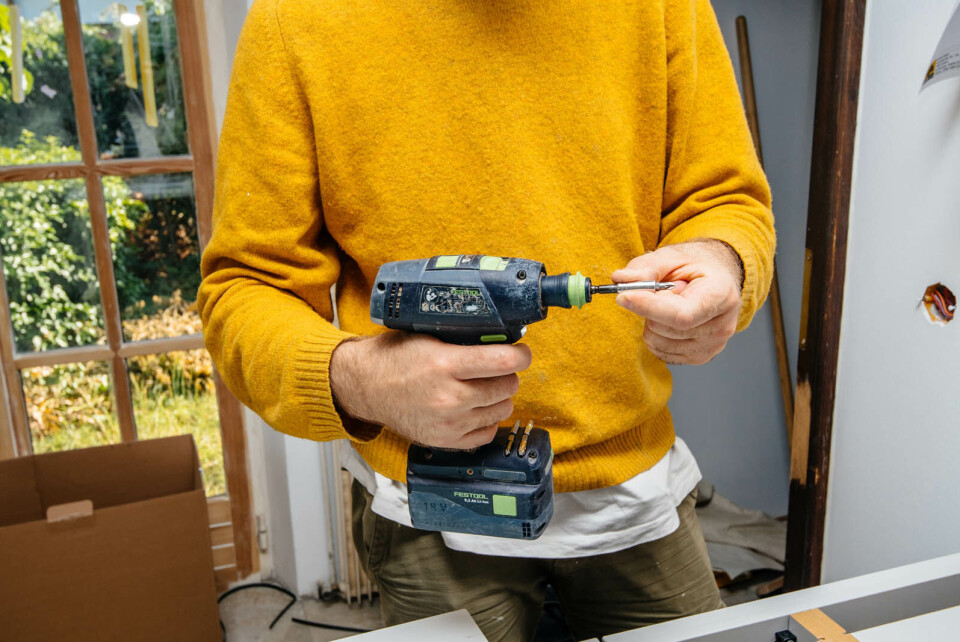-
What do French authorities mean by a ‘recent’ birth certificate?
French versions of the document are updated with key life events
-
Nine changes in France in April 2025
Changes include increase to gas bills and notaire fees, visa requirement to visit UK and more dental coverage
-
Five questions for British and American drivers in France on new driving licence rules
Digital licences will be widespread by 2030
French farmhouse renovation: How to increase space in an old house
Nick Inman charts the ups and downs of renovating an old French farmhouse. Here he urges to make sure to give yourself enough time to do renovation work

When you buy an old farmhouse, it is natural to dream of exploiting its potential to make extra living space, either for extra bedrooms and bathrooms or to provide gîte accommodation – or both.
Typically, it’s the lofts that are crying out for conversion but it is the same process for outbuildings, more or less. Easier dreamt than done.
I have added two extra attic bedrooms to our house since moving here, doing most of the work myself. Both of them took me longer than I thought – partly because I was simultaneously learning French DIY terminology, but mostly because I frequently had to break off to earn a living.
In hindsight, I should have taken a sabbatical. Better to give yourself time to finish each part of the project.
A big downside of stop-start renovation, I discovered – I know you are going to tell me this should have been obvious – is that both the plumber and the electrician I used to connect the new pipes and cabling to the existing set-up retired halfway through the endless schedule, leaving me to complete their work myself.
It literally took me a year to figure out the electrician’s wiring scheme so that I could extend it. Speaking of tradesmen, don’t let them do anything that you will later have to alter. What works for them may not work for you.
I had to pay a second plumber to bury some pipes that the first plumber had left exposed. Good planning would have saved me money.
'If I decided to do it again, I would know how to do things more efficiently. Here’s the advice I would like to have given myself'
Make a plan and stick to it. Keep your vision simple but detailed. Try to devise a logical order for the work. Take decisions and don’t allow every new visitor to tell you why the last visitor was wrong. Early decisions include room division, and whether to lower the ceilings (highly desirable to save heating bills) or leave the timberwork exposed (impractical but aesthetic).
It is also necessary to work out where you want sockets and light fittings. Bathrooms are more complex than they appear: I agonised for far too long over the route of the waste pipe run to the septic tank.
Before you do anything, it is a good idea to carry out a survey of the area you are going to transform and take pictures.
In the heat of DIY, it is easy to cover up an unimportant-looking cable or pipe that you will later need to locate.
Make a wiring diagram and find out where the junction boxes are.
Don’t be afraid to over-order materials. I made endless trips to the builders’ merchant. It would have been cost-effective to order more than I needed and pay for the delivery. From experience, all surplus materials get used somewhere.
When you do start work, be bold: better to make a colossal mess at the beginning rather than realise halfway through that you have to dismantle something you have just built in order to bash through a wall.
Eventually, though, I got there: two new bedrooms and two new bathrooms, exactly how I wanted them and mostly my own work.
My wife says there is a hormone that makes women forget about the pain of giving birth.
It must be similar for DIY: when I look at my loft conversion now, I really can’t remember the days of gloom when I thought I had taken on more than I would be able to finish.
Related stories
French farmhouse renovation: How to install cobblestones
French farmhouse renovation: Installing a filter for safe tap water
























